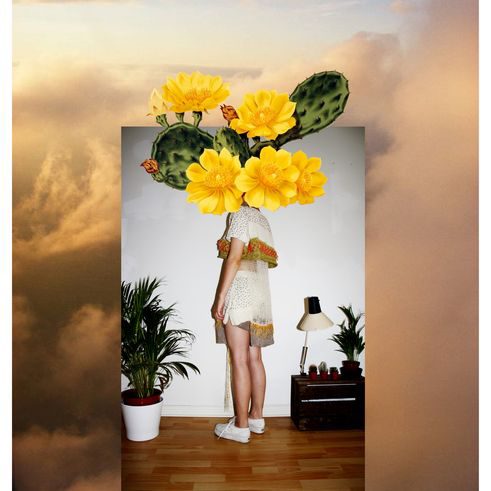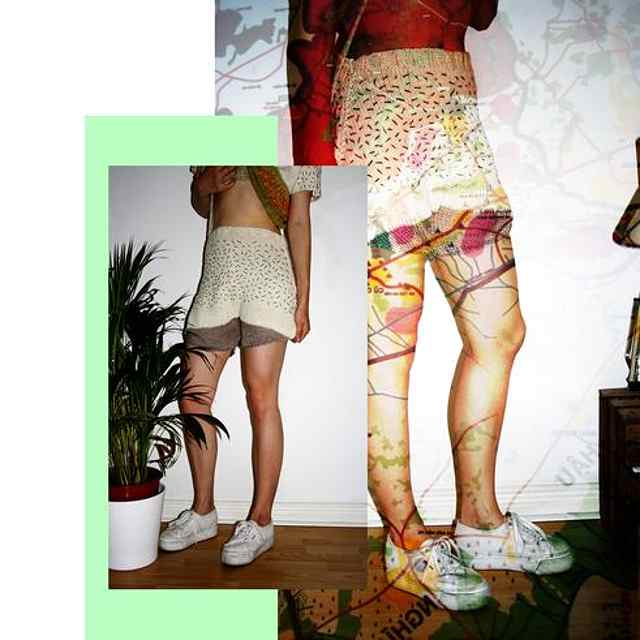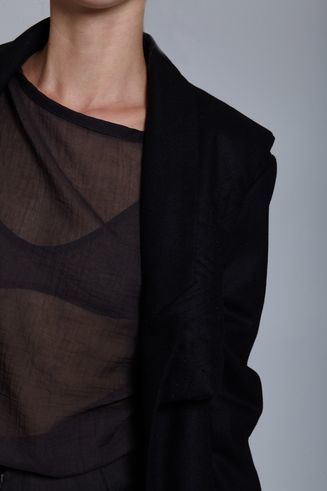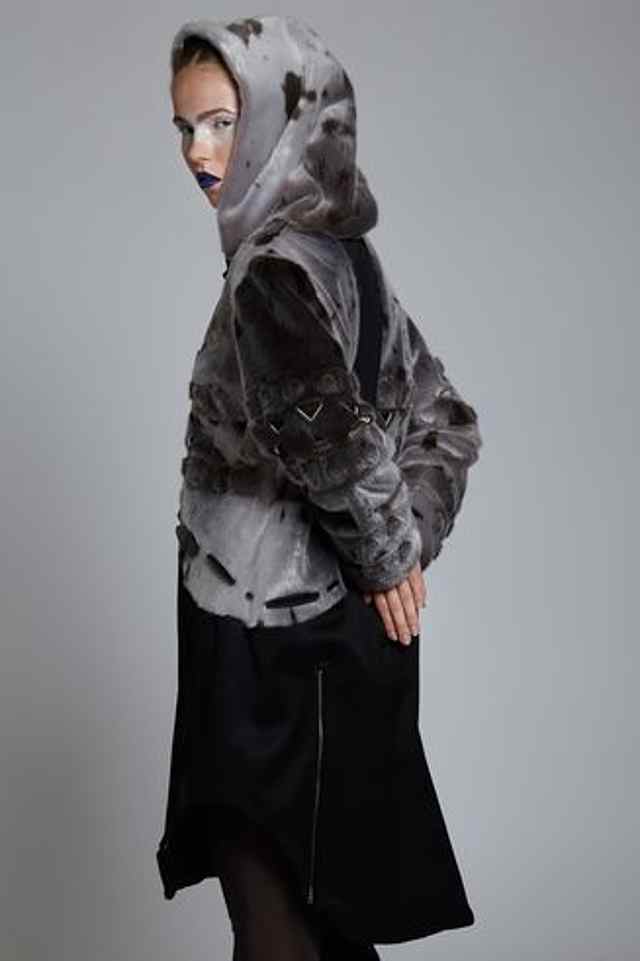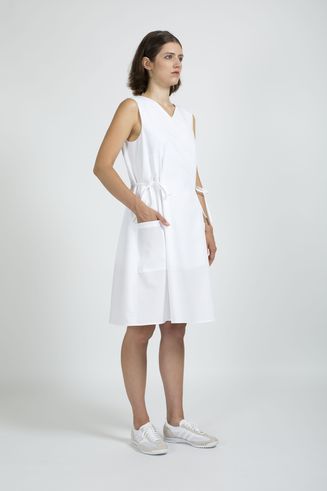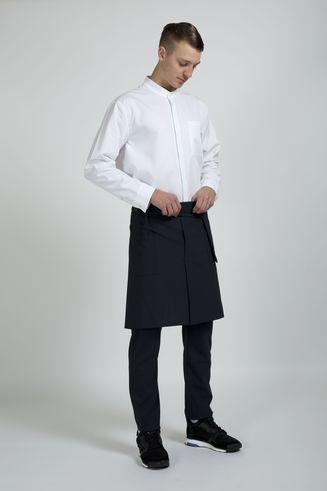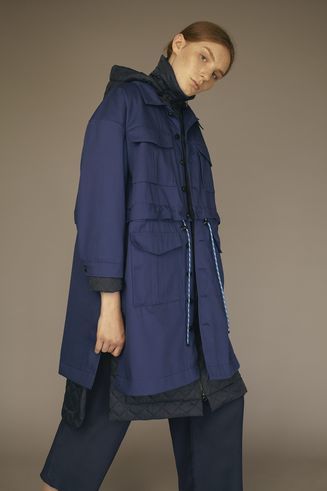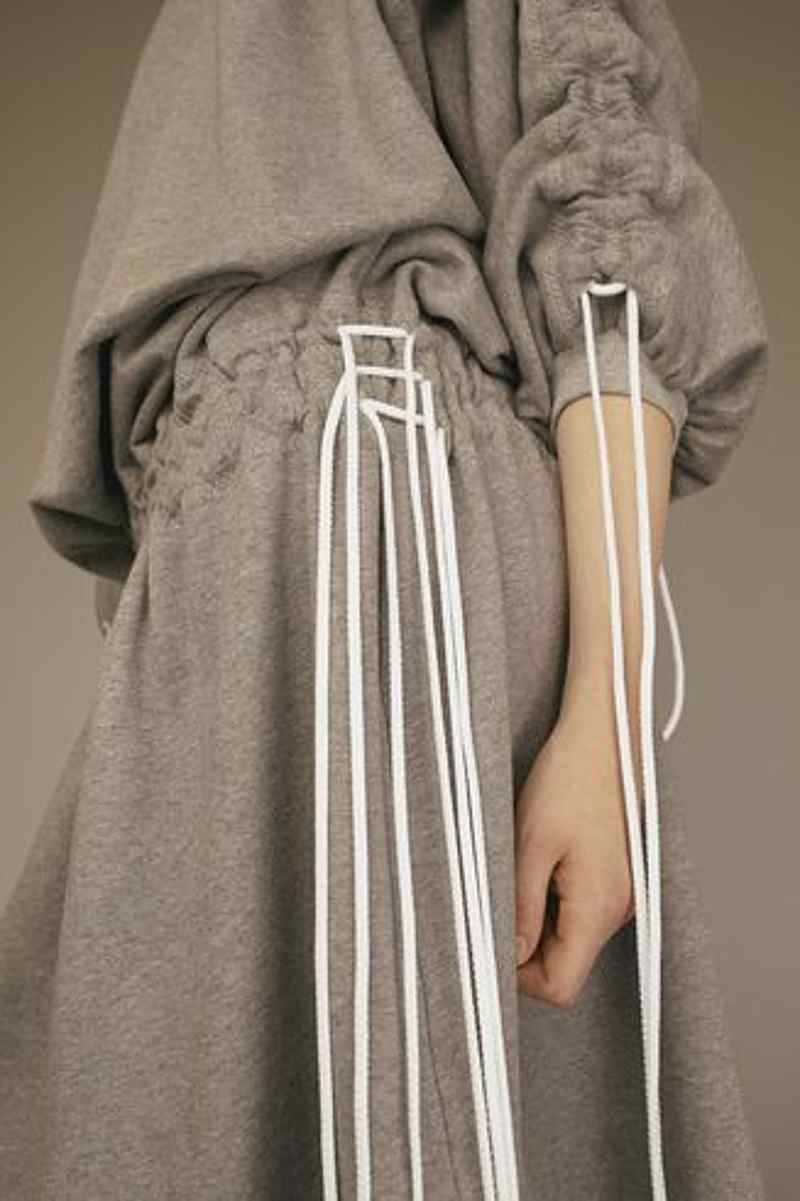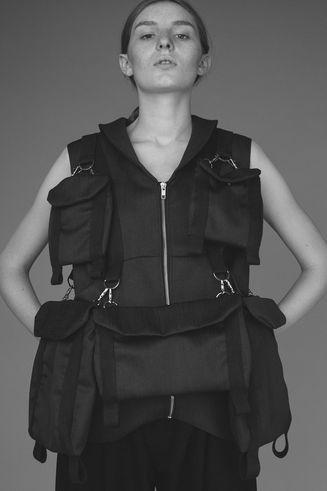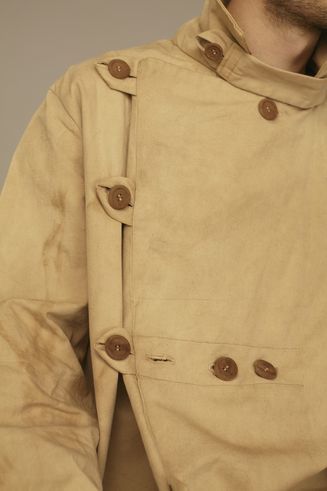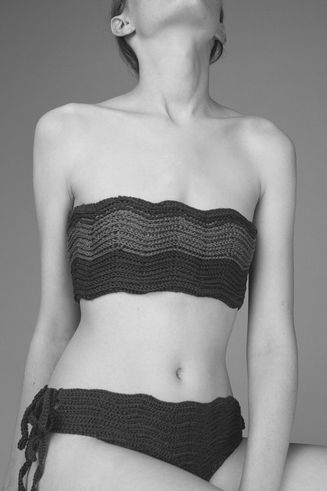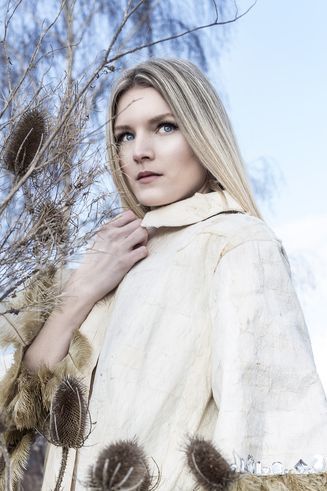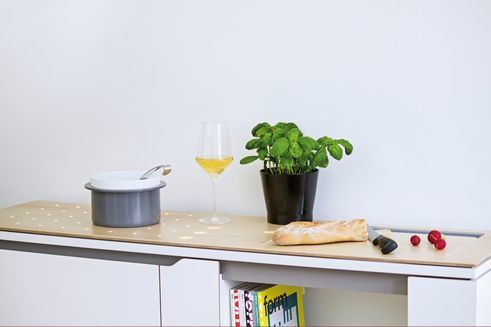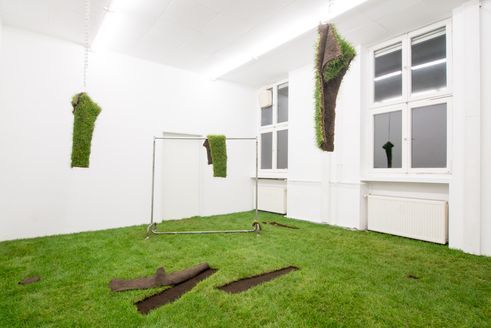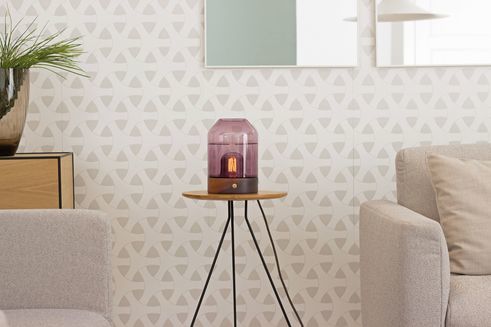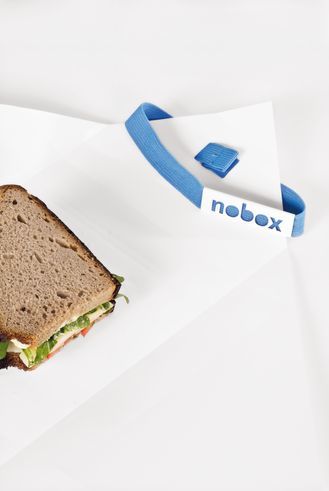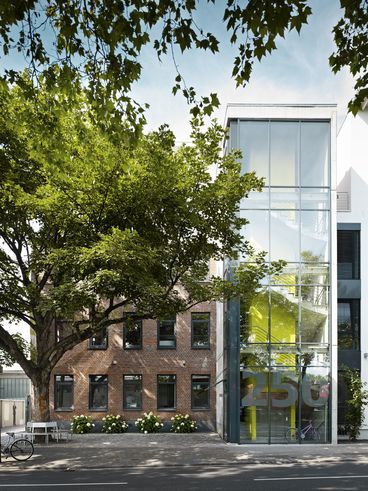Design Training in Germany
Mastering Tomorrow’s Sustainability
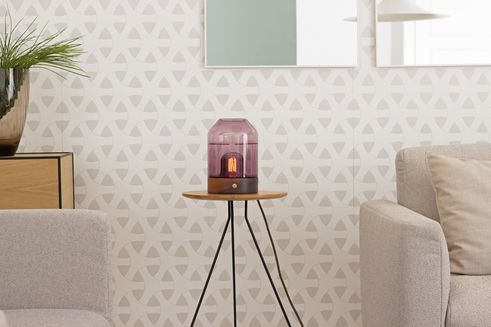
From ecological pioneers to new business strategies in the area of sustainability: German universities are increasingly spotlighting responsible action.
Until September 2016, graduates of the degree programme in textile design at Burg Giebichenstein in Halle were holding an interesting fashion exhibition at the Bauhaus Archives in Berlin. Past and future of fashion history, innovation and tradition were mixed side by side in clothing and fabrics. New, smart technologies such as 3D printing, processed wood fibre or recycled plastics from the Burg’s workshops combined with traditional cutting techniques from around the world. It looks good, is experimental and future-oriented – and is a good example of what is currently possible in teaching at German fashion academies in the area of sustainability.
Things have been changing, not only at Burg Giebichenstein, but also at major fashion and designuniversities such as the Weissensee Academy of Art (Kunsthochschule Weißensee) in Berlin, the Hamburg University of Applied Sciences (HAW Hamburg), but also at more traditional textile academies such as the University of Applied Sciences Niederrrhein (HS Niederrhein) in Krefeld.
In particular, the latter has been instrumental in shifting sustainable design out of the “eco niche” and increasingly into the high fashion sector.
Friederike von Wedel-Parlow, for instance, is responsible for this. She is the professor in charge of the master’s degree programme “Sustainability in Fashion“ at the private Esmod Academy in Berlin, and was herself involved in the fashion business, studied under Vivienne Westwood, assisted her and subsequently launched her own label “Von Wedel & Tiedeken“ whose acclaimed collections were regarded as both avant-garde and wearable at the same time.
In her new function as a professor, she sees that a time has come in which nothing will function any more in the absence of sustainable processes: “and not from within the core of the fashion world, but because customers want this more and more and are demanding it,” she says. What customers, or more generally, what people want is also of interest on another level for new courses of study such as hers.
Reducing consumption through good design
In addition to all new techniques and innovations also being taught at Esmod, Friederike von Wedel Parlow goes a step further in her training programme: “It also has to be about designing a product that provides a certain satisfaction. This means including the user far more and far earlier in the creative processes, since only clothing that is really in sync with its users will reduce consumption instead of continuing to stoke it up. And to me that is one of the most sustainable strategies altogether.”Nonetheless, there are students at her university who definitely will work for major fast-fashion firms later on, because at Esmod, sustainability is also being taught in conjunction with new marketing and business strategies: “We’d surely not object if what students learn here were to stir things up more at major firms.”
Sustainability as a model for success
And Professor Karin-Simone Fuhs of the Ecosign Academy in Cologne also wouldn’t object, since change and responsibility are not only two focal points of her own work, but also important basic principles in her curriculum. In contrast to other German universities, which often have added sustainability and ecology to existing degree programmes, Frau Fuhs’ Ecosign-Akademie of Design was launched as early as 1994 with sustainability as its founding principle. This occurred after her own design studies in the 1980’s, in which design had been reduced to a sales-promotion measure and had no reference to social responsibility, as she puts the matter.The possibility of studying good design in connection with ecology did not exist yet. Although pioneers in Germany had thematised time and again since the 1960’s the possibilities of ecological design, it was a long time before their approaches were reflected in design training.
People as part of the curriculum
Today, things are completely different, among other things because dedicated university teachers such as Karin-Simone Fuhs persevered and believed in the symbiosis of good design and sustainability. Today at Ecosign alone, 230 young people on average are studying design, photography or illustration with a sustainable design approach in eight semesters. This new approach, which places the environment in the spotlight alongside design, and which in the past was viewed by some as problematic, is often the standard now at other universities. However, according to Frau Fuhs, not only utilisable resources belong to this environment, but also the people, who with their social and cultural needs are a part of the curriculum. This also applies to the students, who can develop freely at Ecosign. They are not bound to one chosen field of concentration, but can discover where their strengths lie during their course of study.
After all, where else can students try things out if not at universities? This, together with a certain freedom in design ought to be the basis of any innovation – including in fashion and sustainability.
